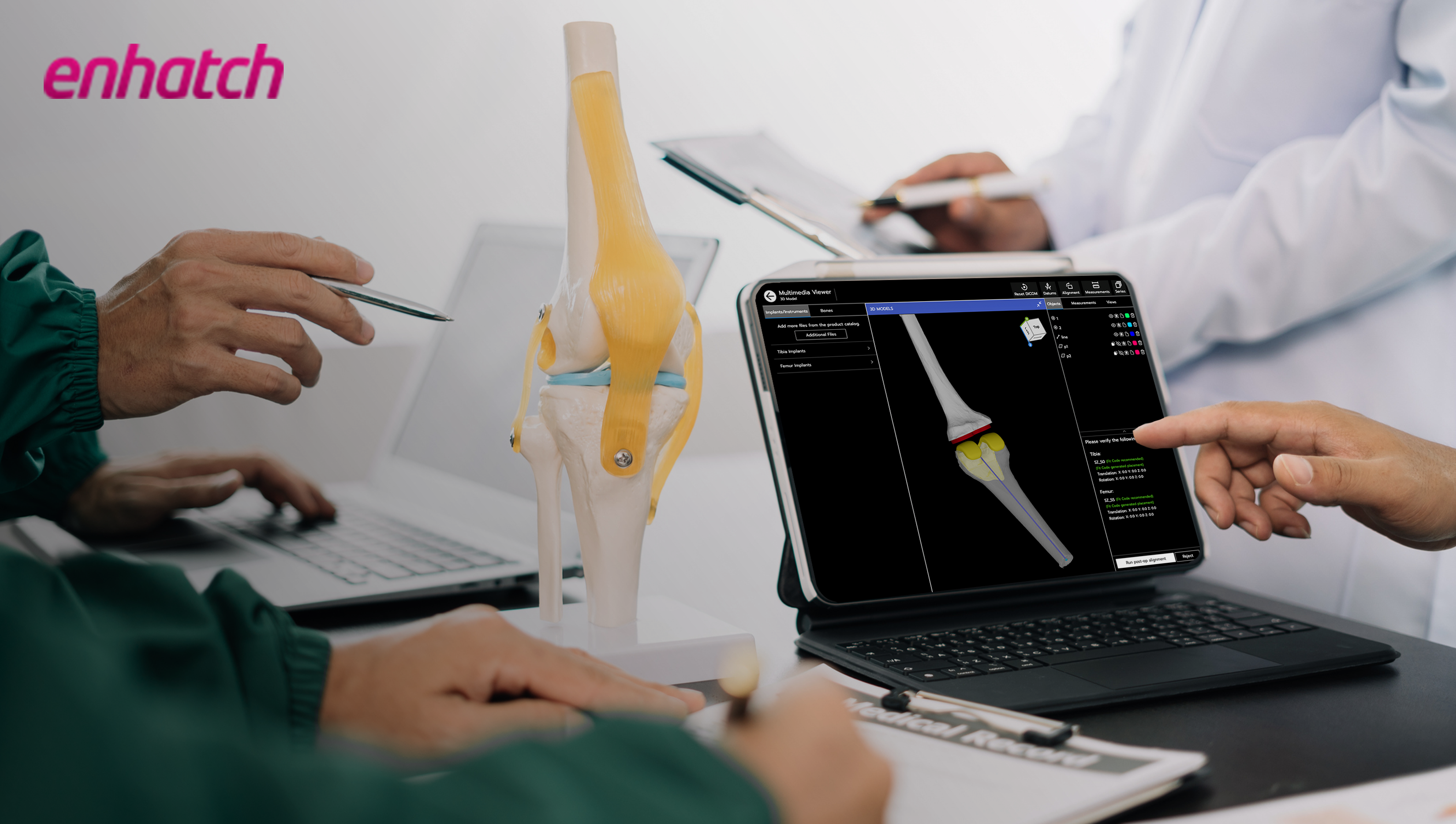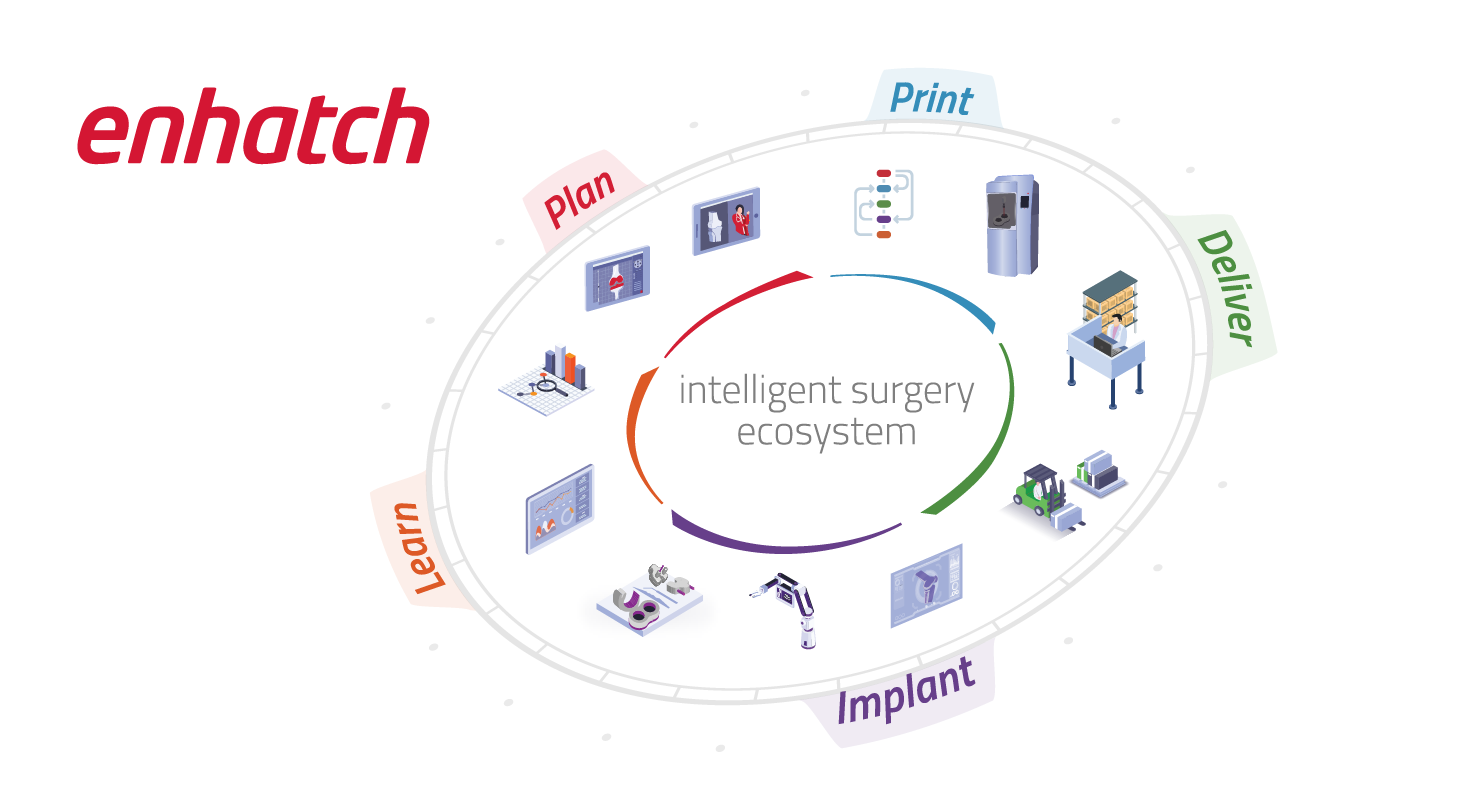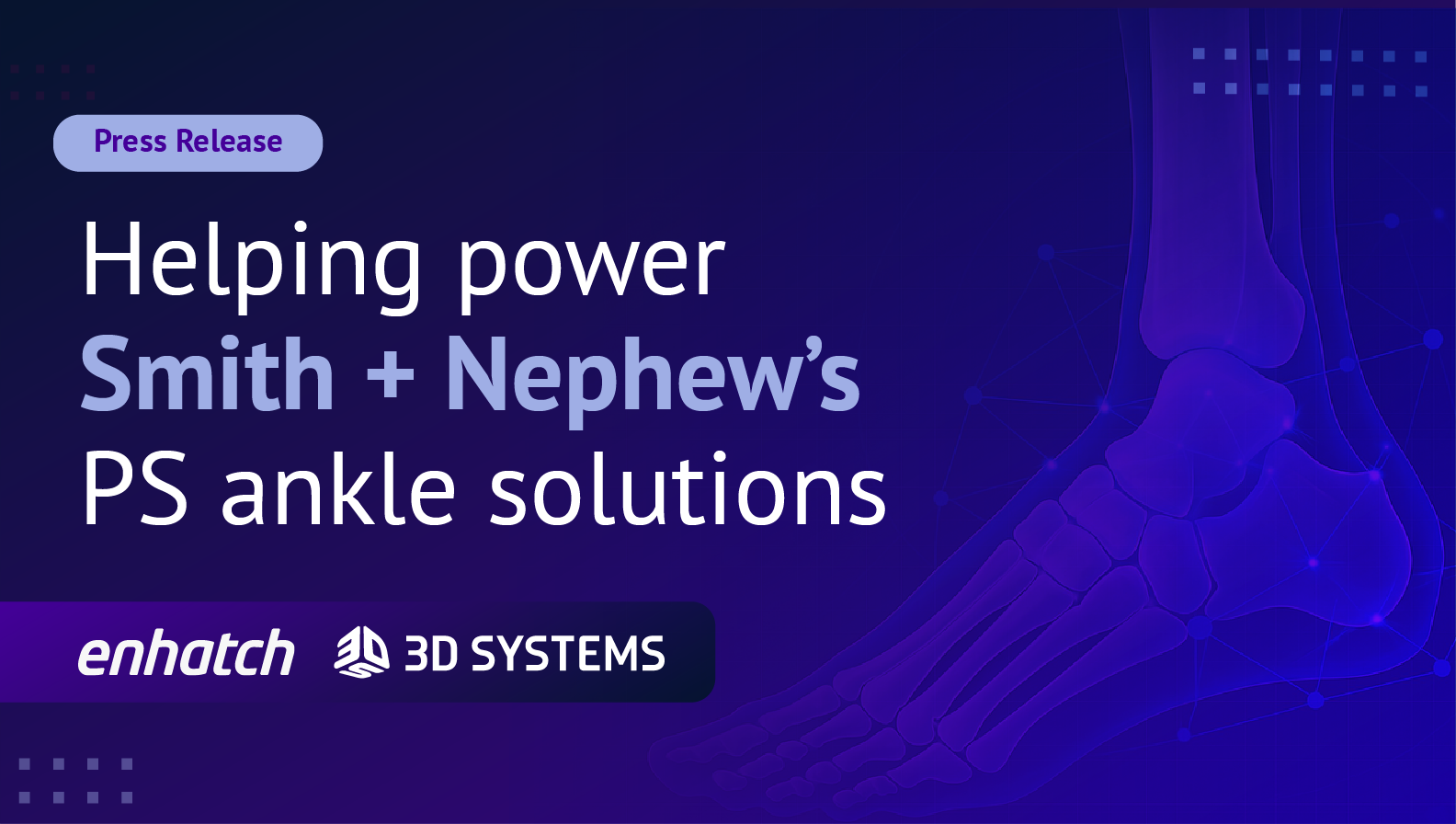How to Choose Best 3D-Planning Software for 3D-Printed Ortho Implants

3D planning software for medical devices allows medical device companies to design, fit, and create patient-specific implants and surgical guides.
Today's 3D planning software for personalized implants and surgical solutions is more intuitive, faster, and accurate than before—which is great, but there's a lot to choose from.
What steps should you take to find the 3D planning and printing solutions that best fit your business needs? This article aims to demystify the process.
Consider the following criteria to help prioritize your requirements:
1. Would you like the freedom to make custom workflows?
For medical devices, you may want the flexibility to create patient-specific workflows the way you need, which meet quality, regulatory, and compliance requirements.
As a company, you probably prefer being agile and able to adjust processes without clunky software installations and reconfigurations. This can enhance your process robustness without disruption to existing operations.
Recommendation
Consider a 3D planning platform that allows you to customize workflows based on how your organization is set up or how you want to set it up. This may work better instead of retrofitting clunky software into your processes.
Additionally, medical software needs to be 21 CFR Part 11 compliant, and strict access controls are needed for data security and patient data privacy purposes.
Benefits include:
- There is less hassle and no time wasted on elaborate training related to new processes.
- All existing checks and balances remain in place.
- Role-based permissions offer layers of data security—so only those who need to work on a specific case receive access. Administrators must be able to remove or edit access from a centralized database.
- You reduce the risk of errors when there is no steep learning curve for your teams.
2. Would you like to manage all cases from one spot?

In this competitive landscape, medical device companies need to scale fast despite facing immense pricing pressure, tight budgets, and lean teams.
And the stakes are high. Patient-specific designs need to be modeled, reviewed, approved, manufactured, sterilized, packaged, and delivered to each customer in time for surgery.
As a result, meticulously monitoring every step of each case becomes critically important. Otherwise, effective communication may suffer, and it may be hard for your teams to follow up proactively. This may lead to some vital details to fall through the cracks.
Recommendation
Check if the software you're evaluating offers an executive dashboard to help you manage all your patient-specific cases in one place. This allows executives, team leaders, and sales reps to track progress and address issues in a timely manner.
This is true regardless of whether you're a startup, a mid-sized company, or a large corporation trying to grow your business vertical for patient-specific solutions.
Benefits include:
- One space to plan and manage all your 3D printed solutions.
- Surgeons and sales reps can add cases and all relevant details right on the platform. Admins can add, delete, and manage cases as needed with ease.
- All your company data and case information is in one space. So, even if a rep or engineer leaves, you do not lose valuable information on their phone or laptop.
3. Would you like to accelerate efficiency?
While patient-specific solutions are innovative and should be a game changer, the reality is that they are only a small percentage of the overall surgeries performed. One of the biggest reasons why is inefficiencies in the process—it can take weeks or even a month from end to end.
Here are some glaring inefficiencies in the personalized solutions process:
- Errors with patient data upload: Patient medical scans need to be uploaded before 3D modeling can begin. However, inaccurate or incomplete information may be uploaded. Then, teams from the medical device company have to verify files. If the data is not correct, they need to request surgical teams to upload new files. All this adds delays in the process, delays that should be avoided.
- Manual 3D anatomic modeling: Traditionally, an engineer or skilled individual evaluates patient medical scans, identifies key anatomic landmarks, and performs other routine tasks to generate 3D anatomic models. This process can take days or weeks, depending on the caseload for each individual and their skill level. When you factor in employee turnover, transitions, and training time, there may be more delays in the process.
- Getting surgeon approvals: Once the medical device teams create a patient-specific surgical plan, there are often emails, messages, and phone calls flying between your teams, sales reps, and surgical teams to get approvals. This process is highly inefficient, and there is a high potential for errors or missed information.
- Shipping and delivery: Sales reps and logistics teams often go back and forth to confirm details for purchase orders, shipping information, and much more.
Recommendation
A 3D planning platform that allows you full transparency from start to finish can go a long way in accelerating efficiencies.
For example, here are some questions to consider:
- Does the software have a DICOM viewer? A DICOM viewer allows people to review and verify documents right after they upload them.
- Is there AI-based 3D modeling instead of manual? Artificial intelligence (AI)-based platforms can generate 3D models at the click of a button instead of taking weeks.
- Is communication between teams captured on the platform? Ideally, all surgeon reviews, edits, approvals, and rep-surgeon and rep-engineer communications should be centralized on one platform to streamline processes and prevent miscommunication.
- Individuals should have the ability to approve digital signatures online.
- Can the platform make it easier to generate purchase orders and shipping docs? Every bit counts. When a platform captures all the right information needed for purchase orders and shipping, your operations teams can handle larger caseloads as you grow your patient-specific vertical.

.png?width=1200&length=1200&name=BLOG%202024-03-06%20Banner%20Image_blog%20(V2).png)


